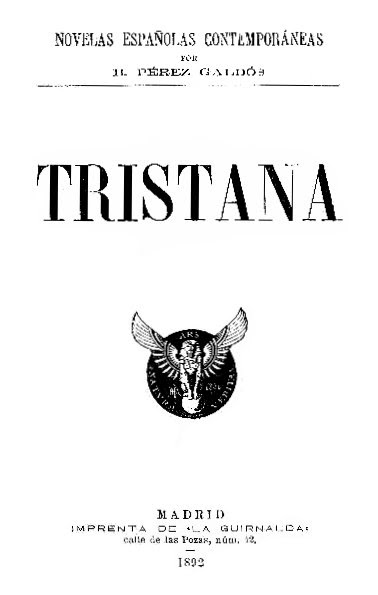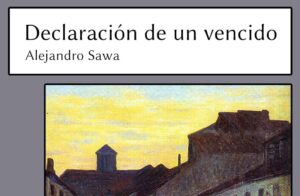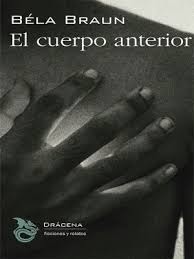
Idioma original: español
Year of publication: 1892
Valuation: Highly recommended (although somewhat depressing)
(Note that this review, given that Tristana It is a widely known classic, it will be more spoilers than usual. Those who do not want to read the details of the plot will have to settle for reading the Mark or the parish sheet)
Tristana It is, in its most essential structure, the story of a sentimental triangle: that made up of the quixotic and lazarine Don Lope; the protagonist, the young and innocent (at least at the beginning) Tristana, and the painter Horacio. Tristana, an orphan pushed by life into the house and arms (and bed) of the riotous Don Lope, seems to find a way out of her oppressive circumstances when, during her Sunday walks, she meets a young man, equally orphaned and dreamy, with whom she begins a relationship initially platonic, then carnal, and in whose description Galdós does not spare us the sentimentality and the construction of a language of his own characteristic of couples in love, especially in the early stages of fascination and idealization. This dream world is unfortunately broken when Horacio agrees to accompany his aunt to Alicante for a season of rest, and when Tristana contracts an illness that causes her terrible pain and leads to the amputation of a leg. Deteriorated and confined again to her home due to her disability, Tristana resigns herself to losing Horacio’s love and marrying an aging Lope. The final sentence is an example of Galdós’ irony and ambiguity: “Were they happy together? Maybe.”
If we believed in numerology, we could say that the fundamental number in this novel is three: in addition to the triangle of characters (to which I will return below), the structure of the novel is also clearly tripartite: the first chapters in which Galdós shows his absolute mastery in the creation of situations and characters; the central core, composed of the love affair between Tristana and Horacio, in which Tristana “comes out of her cocoon” and becomes a cultured, independent woman with a strong personality; and the third act, antithetical to the second, which includes Tristana’s illness, her amputation, the disappearance of love and that anticlimactic ending with Tristana, the “free woman”, married to an old man and baking convent sweets for him.
With this structure, it is inevitable to think that Galdós presents us with a disenchanted and skeptical vision of love or of the liberation of women. In fact, one of the great questions that the reading of this novel raises is to know if we are faced with a ridicule of the idea of an independent and free woman (that Tristana who learns languages, paints, plays the piano, quotes the classics and dreams of living her life without ties or conventions), or if it is, rather, a confirmation that this “new woman” still has no place in Spain at the end of the 19th century. Perhaps it is relevant to remember that, approximately at the same time of the composition of Tristana, Galdós maintained a passionate and epistolary relationship with Emilia Pardo Bazán (in fact Tristana It is full of letters between lovers that may reflect those that both writers exchanged, some of them recently published), who was one of the main defenders, at that time, of this model of a liberated, independent and professionally active woman.
The character of Don Lope is also interesting (and it is something that Buñuel will exploit in his film adaptation, moving away in a certain way from the original by Galdós): as Tristana herself explains when she talks about him with Horacio, he is not a demonic or completely repulsive character, but a curious mix of a man with a high concept of honor and his own worth (in the style of Alonso Quijano or the squire of Lazarillo), and a lecherous old man who has no qualms about taking advantage of an innocent young girl who has been left in his care. The third act, when Don Lope has already lost all his youthful charms and also a good part of his estate, shows us a man who refuses to be humiliated but who is able to swallow his pride for Tristana (although he does so, perhaps, selfishly, trusting that she will end up resigning herself to staying with him, which finally happens).
Going back to the beginning, it cannot be said that Tristana be a masterpiece at the level of ambition or perfection of Fortunata and Jacintabut, within its smaller length and breadth, it remains a little gem from which any writer can learn, as far as character construction or plot structuring is concerned. It may be ideologically problematic, in that it seems to deny (or even ridicule) the possibility of women’s emancipation, but it is also, in any case, a masterful study of a love triangle between complex and imperfect characters, each in their own way.
Source: https://unlibroaldia.blogspot.com/2024/08/benito-perez-galdos-tristana.html


